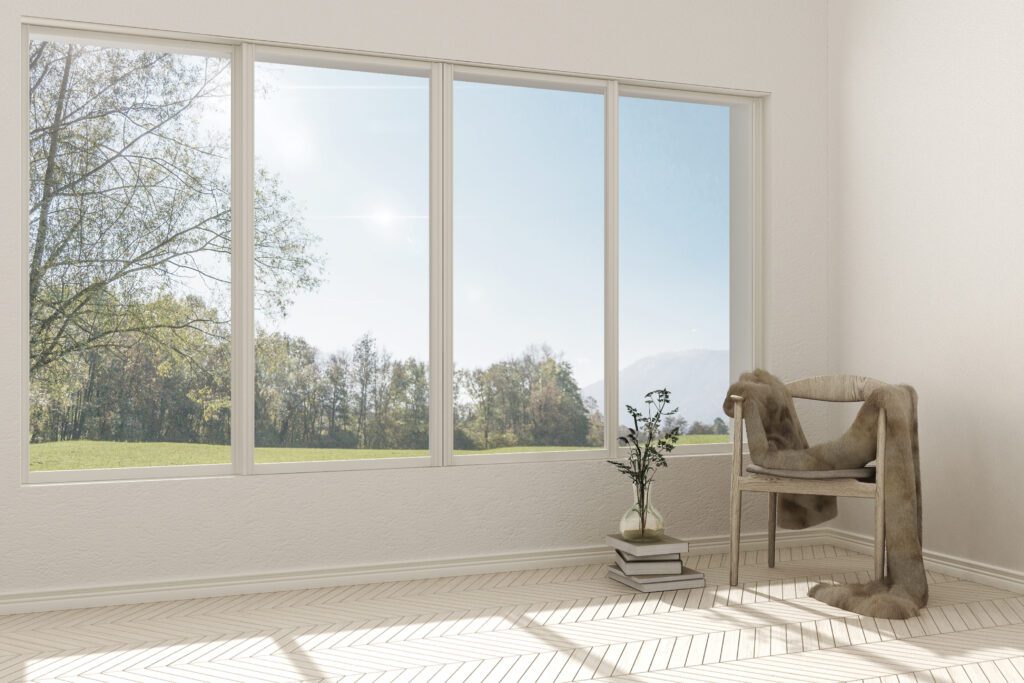Understanding Energy-Efficient Windows
Whether you’re building, re-modeling, or just considering some energy-efficient upgrades, exploring and understanding these insulated window options can be useful as you seek a more comfortable and protected home that conserves both income and energy.
Terms to Know
U-Value / This is the rate at which heat transfers through a material (windows). The lower the number, the slower the rate, the better quality the insulation. So you’re looking for low U-values.
Solar Heat Gain Coefficient (SHGC) / This describes how much heat, specifically from the sun, that windows (and doors) allow into a home. The lower the number, the less heat let in, so again, you’re looking for a lower number.
Glass

Largely the most important aspect of your windows, the way the glass panes are produced can either help insulate your home, or it can cost you money and energy efficiency. There are two common types of treatments to consider for the glass that can help save you money and energy, and create a more comfortable home:
Low-E These windows reflect light and heat from infrared rays. This helps them keep heat outside during the hot months of summer and inside while heating your home in the winter. Low-E windows can also save your flooring and furniture from premature fading. These windows can come from the factory with Low-E qualities, or sometimes, a Low-E coating can be applied after installation if you’d like to upgrade your existing windows without buying entirely new units.
Gas-Filled Argon and Krypton are the most common gases used to fill the space between two panes of glass. They are both proven to provide better insulation than normal air. Colorless, odorless, and non-toxic, these gases work well because they are denser than air. These are typically a more expensive option and don’t protect floors from fading, but tend to be more effective at insulating.
Frame
The frame is the casing that surrounds your windows and seals them to the exterior and interior walls. As with the glass, there are numerous options available that provide different features:
Vinyl Usually these will be the economical choice, but they are still very durable and low maintenance. They are also very energy-efficient casings and can be fit to any customization you desire.
Composite These casings are a combination of materials that tend to be one of the most energy-efficient options; however, they can be cost-prohibitive as one of the most expensive options.
Wood Often chosen for their aesthetic advantages and energy-efficiency, wood frames will require much more maintenance than the first two options. Wood frames will need new coats of paint or stain every so often and are vulnerable to rot and insects.
Fiber glass These frames are very energy-efficient, but also costly.
Aluminum These frames offer the least energy efficiency of most other options, but are lower cost and lower maintenance.
Certification
If you’re looking for the highest standard of energy efficiency, you should search for windows that are government certified with an Energy Star. These windows have been measured in four different areas of their construction to determine if they have U-values and solar heat gain coefficients that are equal to or lower than the set government standards.

